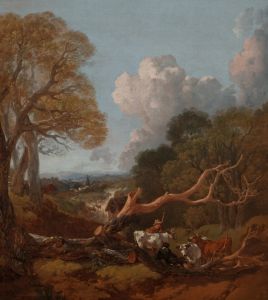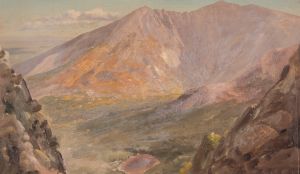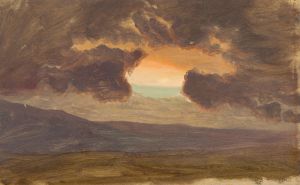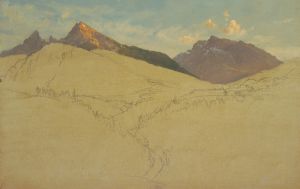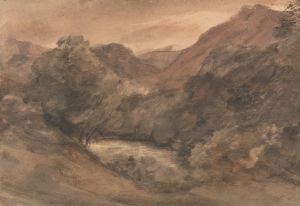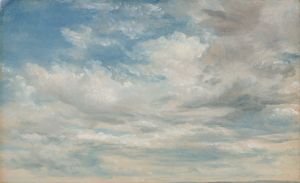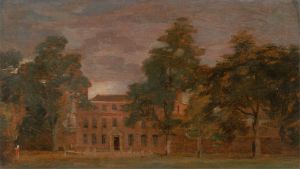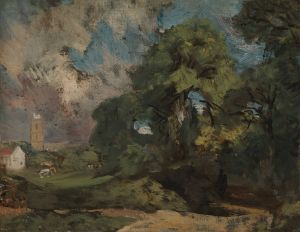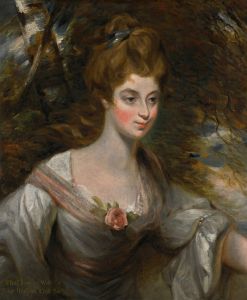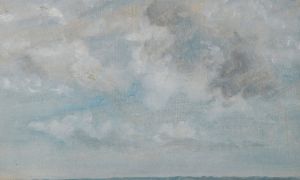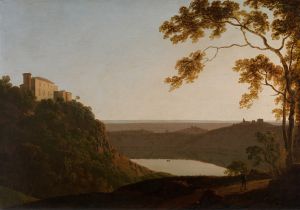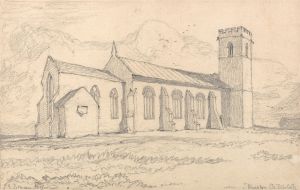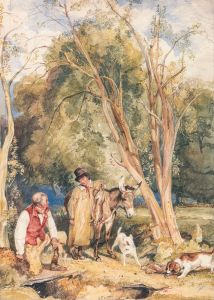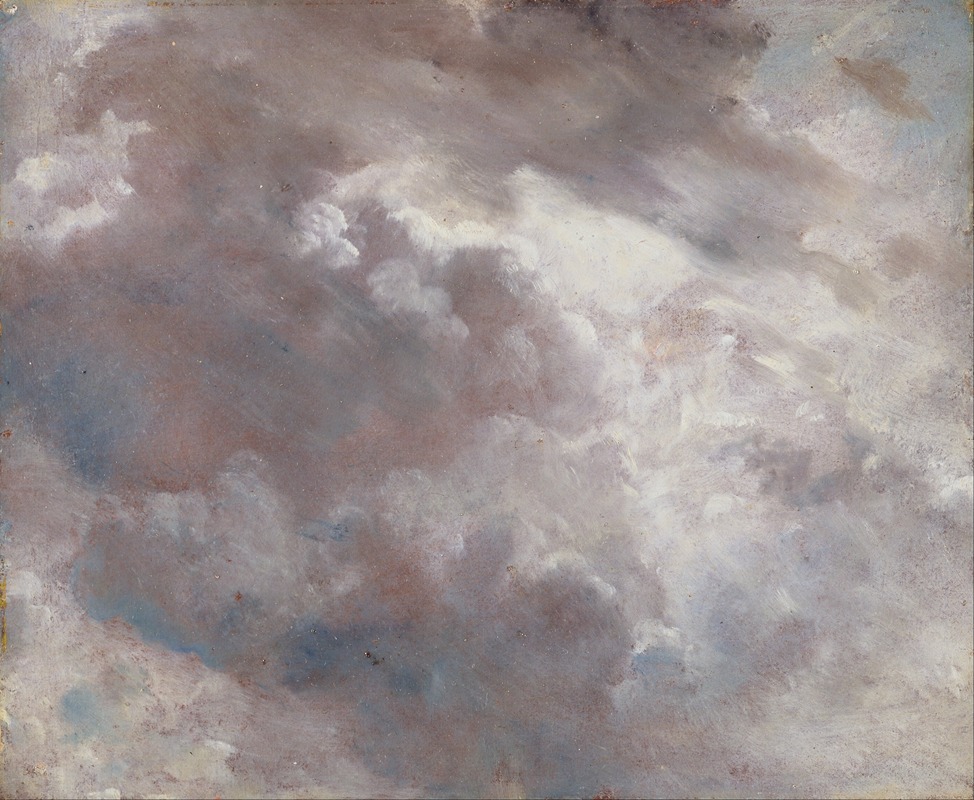
Cloud Study
A hand-painted replica of John Constable’s masterpiece Cloud Study, meticulously crafted by professional artists to capture the true essence of the original. Each piece is created with museum-quality canvas and rare mineral pigments, carefully painted by experienced artists with delicate brushstrokes and rich, layered colors to perfectly recreate the texture of the original artwork. Unlike machine-printed reproductions, this hand-painted version brings the painting to life, infused with the artist’s emotions and skill in every stroke. Whether for personal collection or home decoration, it instantly elevates the artistic atmosphere of any space.
John Constable, an English Romantic painter, is renowned for his landscape paintings that capture the natural beauty of the English countryside. Among his various works, Constable's studies of clouds, often referred to as "Cloud Studies," hold a significant place in his oeuvre. These studies are not confined to a single painting but rather encompass a series of oil sketches that Constable executed primarily during the 1820s. They reflect his deep interest in meteorology and his desire to capture the transient effects of light and atmosphere.
Constable's fascination with clouds and the sky was part of a broader Romantic movement that emphasized the sublime and the beauty of nature. His cloud studies were innovative for their time, as they focused on capturing the ephemeral and ever-changing nature of the sky, which was a departure from the more static and idealized landscapes that were typical of the period. Constable's approach was scientific as well as artistic; he meticulously noted the date, time, and weather conditions on the back of many of his sketches, indicating his intent to study and understand the atmospheric conditions.
The cloud studies were primarily created in the open air, a practice known as "plein air" painting, which allowed Constable to observe and record the sky's changes directly. This method was relatively novel at the time and demonstrated Constable's commitment to capturing nature with authenticity and immediacy. His cloud studies were painted in and around his home in Suffolk and later in Hampstead Heath, London, where he moved in 1819.
One of the most notable aspects of Constable's cloud studies is their spontaneity and freedom of brushwork. Unlike his larger, more finished works, these studies were often executed quickly, with loose and expressive strokes that convey the movement and fluidity of clouds. This technique allowed Constable to capture the fleeting effects of light and weather, lending his studies a sense of immediacy and vitality.
While these cloud studies were not intended as finished works of art, they played a crucial role in Constable's larger compositions. The knowledge and experience gained from these studies informed the skies in his major paintings, such as "The Hay Wain" and "Dedham Vale." The cloud studies also contributed to the development of Constable's distinctive style, characterized by a keen observation of nature and a dynamic representation of the natural world.
Constable's cloud studies have been recognized for their contribution to the field of landscape painting and their influence on later artists. They exemplify a shift towards realism and naturalism in art, emphasizing the importance of direct observation and the depiction of natural phenomena. Today, these studies are appreciated not only for their artistic merit but also for their insight into Constable's working process and his dedication to capturing the beauty and complexity of the natural world.
In summary, John Constable's cloud studies are a testament to his innovative approach to landscape painting and his deep engagement with the natural environment. Through these studies, Constable was able to explore the nuances of light, atmosphere, and weather, leaving a lasting impact on the art of his time and beyond.





